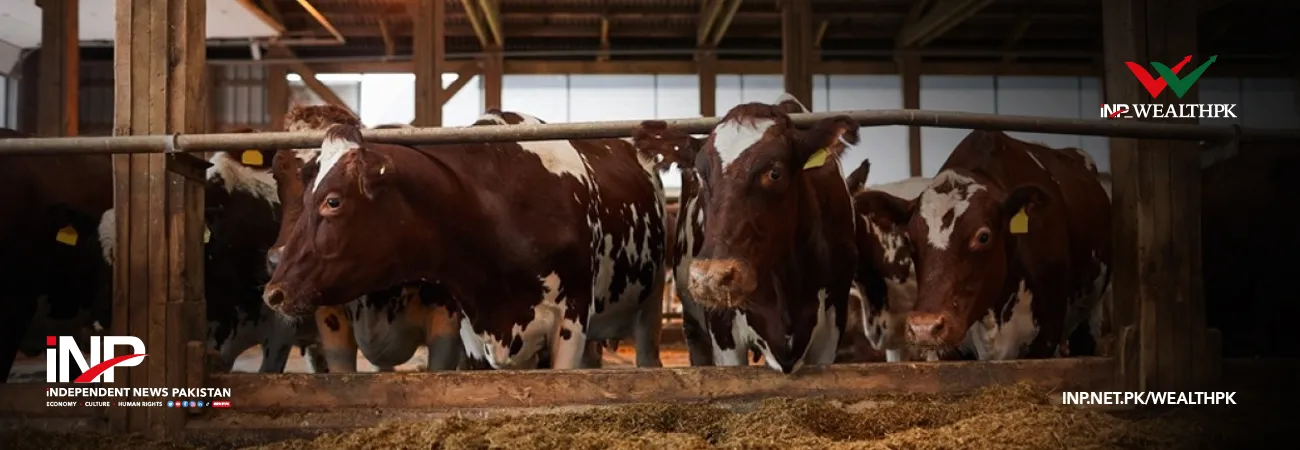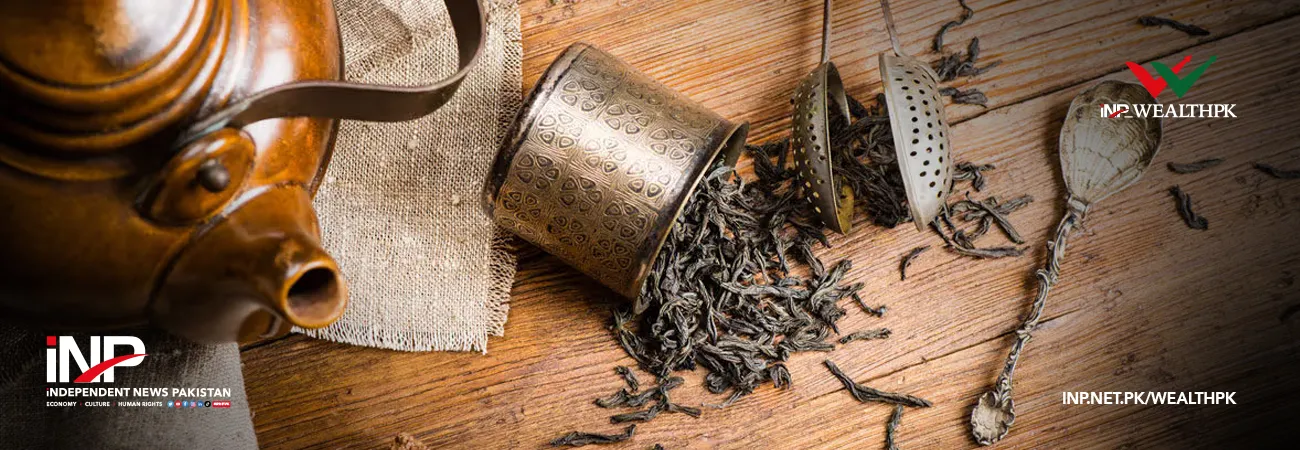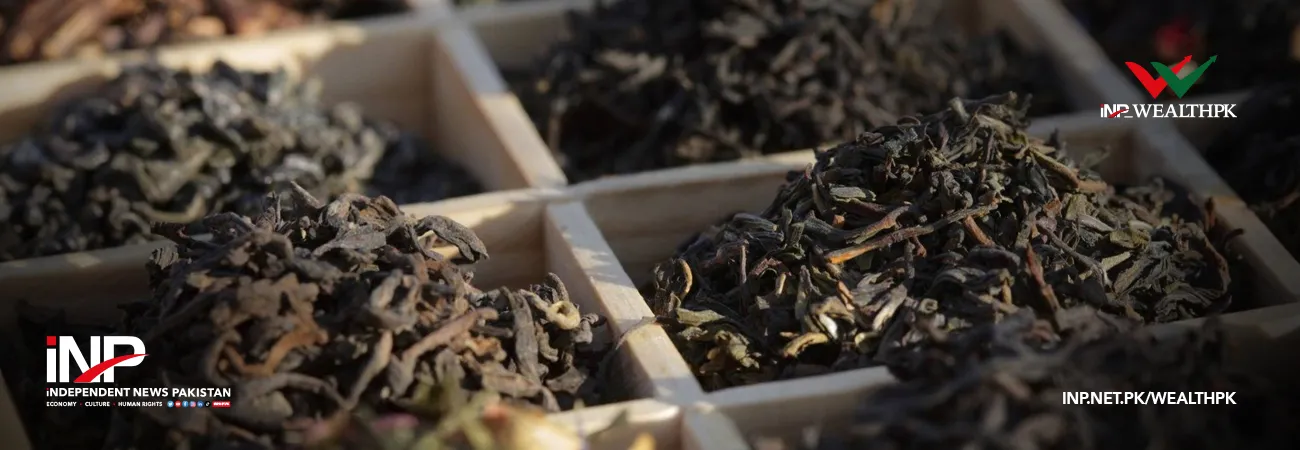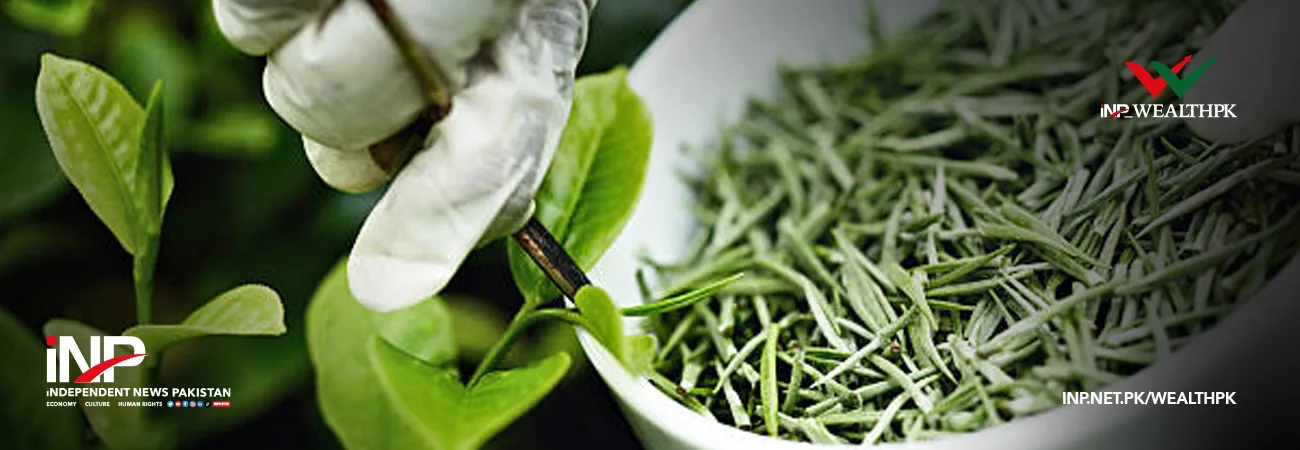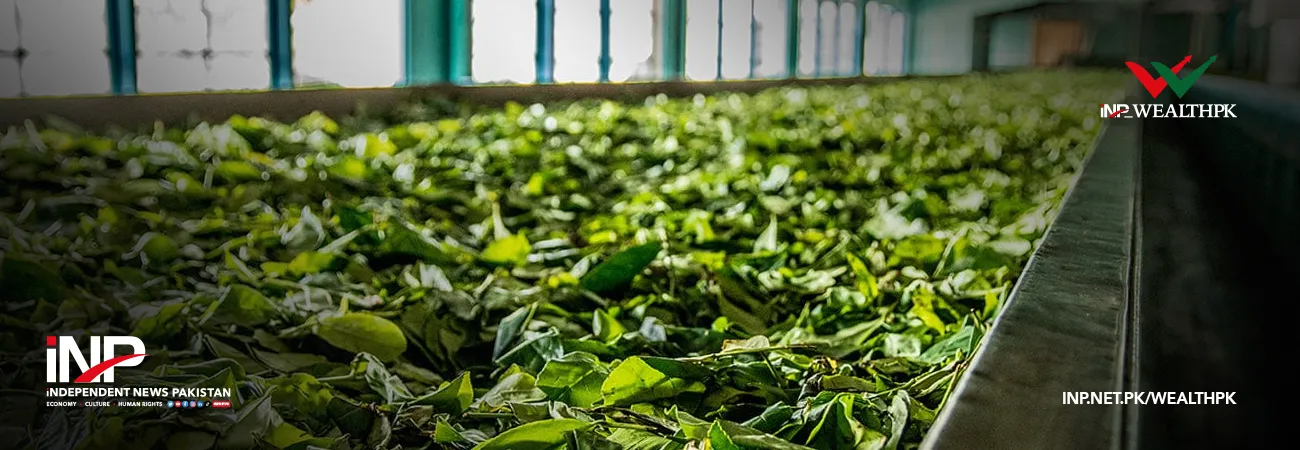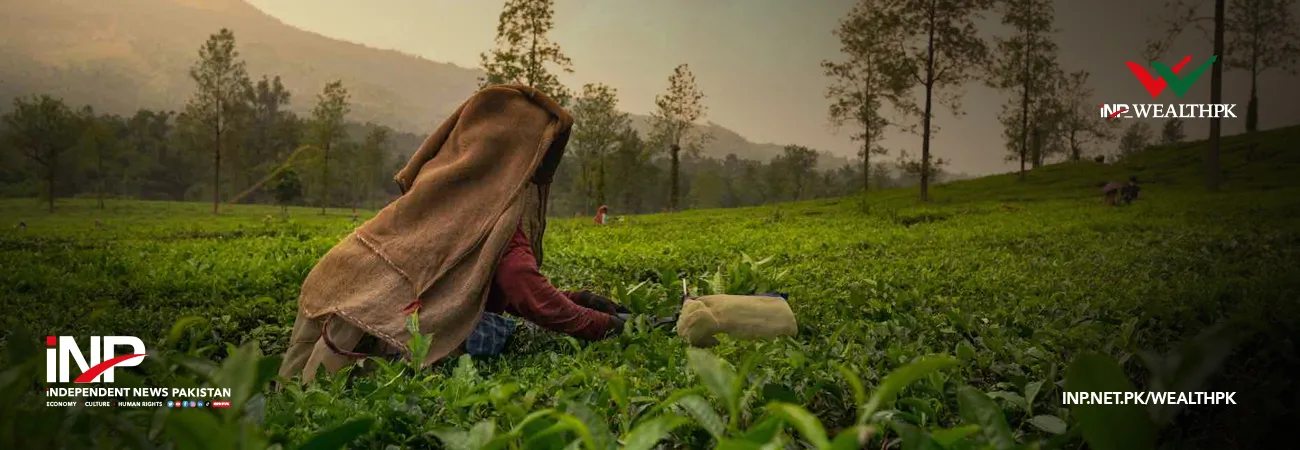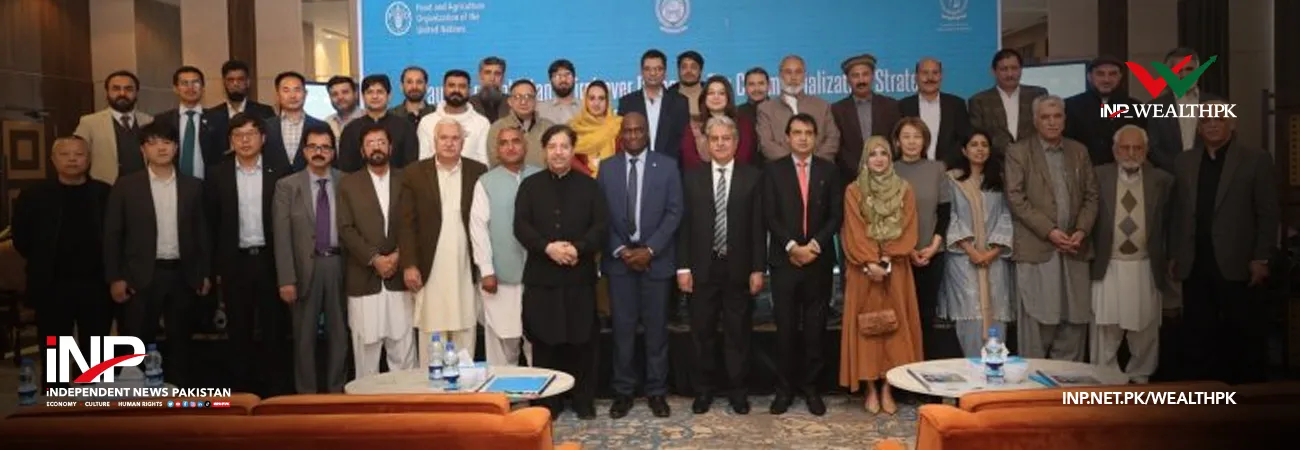INP-WealthPk
Ahmed Khan Malik
The Sindh government is preparing a comprehensive strategy to boost livestock development across the province, focusing on animal health, breeding quality, and market access. The plan includes modernizing veterinary infrastructure, supporting smallholder farmers, and strengthening value chains to ensure sustainable growth.
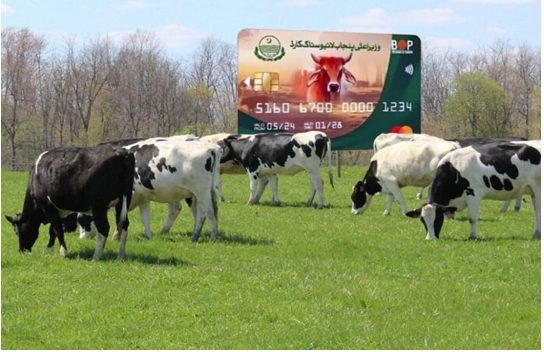
Officials told WealthPK that a major project under consideration is the establishment of upgraded veterinary clinics and mobile units in underserved districts such as Larkana, Jacobabad, and Badin. Proposals also cover the expansion of disease surveillance networks, with a special focus on tackling foot-and-mouth disease and peste des petits ruminants (PPR).
Subsidized vaccination campaigns and training for community-based animal health workers are also on the cards to ensure quick response and localized capacity. Officials estimate that improved veterinary access could cut livestock mortality by up to 20 percent. Sindh’s agriculture and livestock department is also promoting the establishment of regional breeding centers dedicated to artificial insemination (AI) in cattle and buffaloes.
“By partnering with research institutions and international development agencies, we aim to introduce superior, heat-tolerant breeds,” said Director Ubaid Narejo. He added that expanding AI services will help increase milk productivity per animal and shorten calving intervals. “We want healthier animals, higher yields, and improved livelihoods for our farmers,” he stressed.
Recognizing that most livestock owners are smallholders, the strategy includes comprehensive training in feed formulation, fodder cultivation, and early disease detection. Demonstration farms are planned in selected tehsils to showcase best practices, from nutritional supplementation to hygienic milk collection.
“The government aims to equip hundreds of extension workers with modern field kits and mobile communication tools to strengthen the link between research centers and grassroots farmers,” Narejo said. To integrate livestock producers into formal markets, the government is considering the creation of aggregation hubs and chilling facilities near rural towns.
These centers would ensure quality control, hygienic handling, and better price negotiations for milk and meat. Subsidized transport to urban markets like Karachi, Hyderabad, and Sukkur is also proposed, enabling producers to bypass middlemen and secure fairer returns.
Authorities are also eyeing partnerships with microfinance institutions to provide low-interest loans for livestock farming, particularly for pastoral and dairy units. The blueprint includes a pilot livestock insurance scheme to protect farmers from losses due to disease or extreme weather.
“These financial tools can give small farmers the confidence to invest in improved breeds, fodder, and farm infrastructure,” Narejo explained. Digitization is a key component of the strategy. Plans include creating a livestock registry by tagging animals with QR codes to improve management, disease tracking, and traceability.
Mobile advisory services would deliver real-time updates on fodder prices, veterinary camp schedules, weather alerts, and extension activities. The government is also in talks with agri-tech startups in Sindh to pilot mobile applications linking farmers with veterinarians and input suppliers.
Credit: INP-WealthPk



